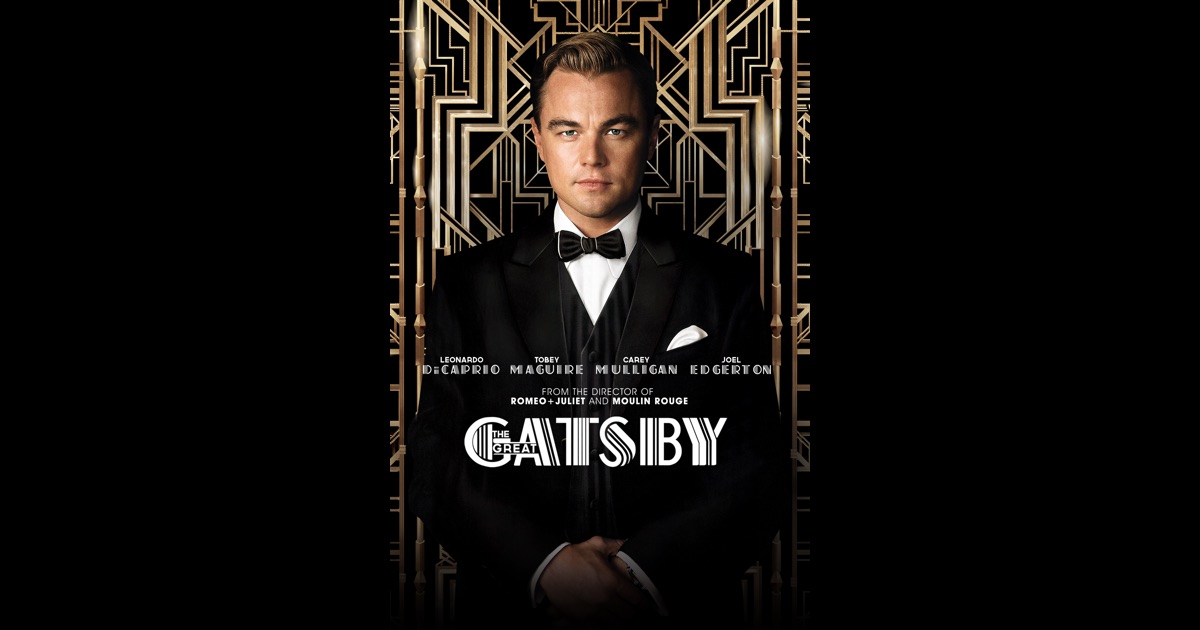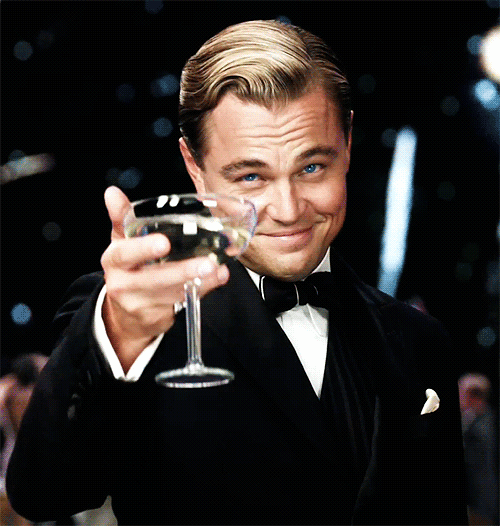


When we think in this disenchanted way about The Great Gatsby, published in 1925, we might keep in mind that one of the most influential works of cultural history in this period was Oswald Spengler’s The Decline of the West, two volumes, 1918–1922. Even if they fulfill their dreams and gain their desires in material terms, they will not be happy. Reading The Great Gatsby is intended, it appears, as an indoctrination in reverse: we require young people to study Fitzgerald’s novel in high school and college courses so they realize, before embarking on their careers, that the American Dream they have heard about and will hear about, is beyond their reach. But the prime place accorded to The Great Gatsby in the literary canon suggests that Americans have known all along that the American Dream is largely myth, ideology, propaganda. Those born at the bottom, but who possess spirit, pluck, and determination, can rise to prosperity and personal fulfillment immigrants, unable to speak English, can learn the language and acquire education, find employment, marry, buy a home, have children, lead decent lives in safe neighborhoods, vote in democratic elections, and enjoy a comfortable retirement. We honor and profess to believe in the American Dream, a dream that we say the nation’s history has shown to be a reality for many millions.

Scott Fitzgerald’s The Great Gatsby to the American Dream, for this dream is one of equal opportunity, and the celebration of material well-being and personal success, of contentment and happiness, whereas the novel concludes with the demise of its deluded protagonist, shot dead in a swimming pool by a deranged husband who believes that Gatsby killed his wife by smashing into her in his fancy car.


 0 kommentar(er)
0 kommentar(er)
